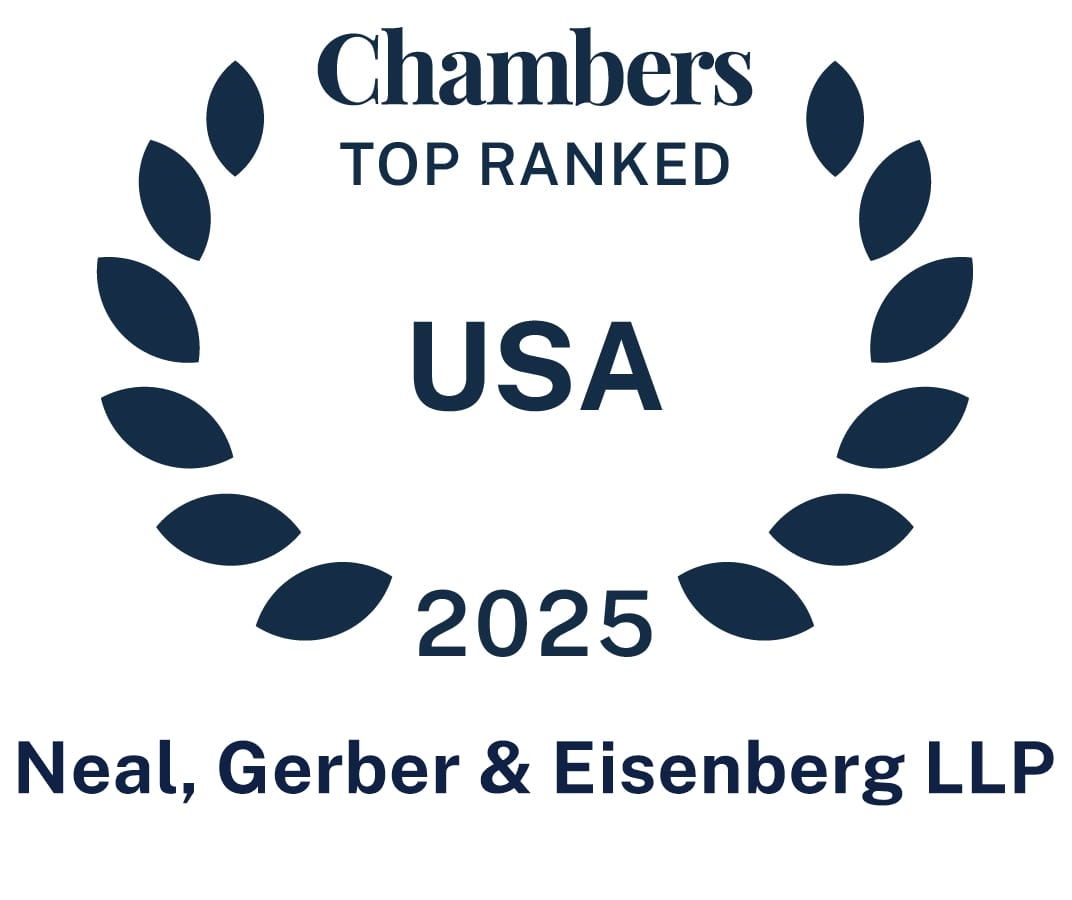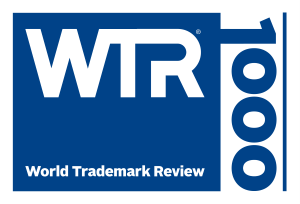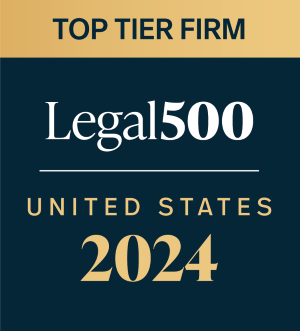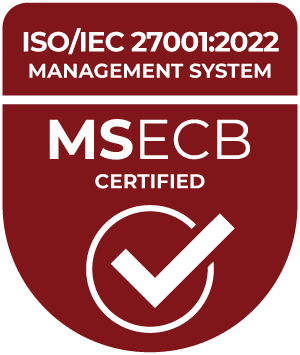The Trademark Modernization Act of 2020 (TMA), enacted amid the many and wide-ranging provisions of the recently enacted COVID-19 relief package, contains significant changes to trademark law and practice. The TMA clarifies the standard for brand owners seeking injunctions against infringers in trademark cases, and it introduces an ostensibly quicker, cheaper, and quasi-judicial mechanism for removing trademark registry “dead wood”—i.e., registered marks that have been abandoned and are no longer in use. Much of its implementation, however, is left to the U.S. Patent and Trademark Office, which is charged with crafting administrative regulations that will put the TMA into practice within the year.
The TMA’s most significant aspect for brand owners is its reinstatement of the rebuttable presumption of irreparable harm upon a trademark owner’s showing of infringement. As trademark professionals appreciate, a finding of irreparable harm is a prerequisite to a trademark owner’s right to injunctive relief. Accordingly, the TMA will likely make it much easier for brand owners to obtain injunctions. Prior to the TMA, federal courts split their approaches to injunctions in trademark infringement cases. Some federal circuit courts presumed irreparable harm, while others exacted a much more demanding standard, borrowed from the 2006 U.S. Supreme Court decision eBay Inc. v. MercExchange LLC. Moving forward, all federal courts will now be guided by the TMA provisions that entitle a trademark owner to a presumption of harm upon demonstrating a likelihood that a party is infringing its trademark.
In addition, the TMA introduces two new mechanisms aimed at reducing “dead wood” on the U.S. trademark registry. Neither mechanism requires standing, and either one can be initiated by any party or by the Director of the U.S. Trademark Office. The first mechanism, ex parte reexamination, allows a party to call into question use-based registrations—those registrations that are based on an owner’s statement under oath that the mark is in use in commerce. Under this procedure, the USPTO will reexamine the accuracy of the statement as of its filing date. The second, ex parte expungement, primarily concerns U.S. registrations that are based on foreign registrations. The reexamination proceeding must be brought within five years after a mark’s registration, and the expungement proceeding must be brought between three and 10 years of a mark’s registration. In addition, ex parte expungement proceedings will be available for any marks older than three years until December 27, 2023.
In either proceeding, if the USPTO determines that the challenging party has sufficiently demonstrated non-use, the registrant will then be required to present evidence showing legitimate use of the trademark in U.S. commerce. The USPTO will either cancel the mark (subject to the registrant’s right to appeal), or it will find the mark valid and bar future ex parte challenges to that registration.
Other changes, while less significant, will also alter trademark law and practice, pending implementation by the USPTO. The TMA authorizes the USPTO to shorten by regulation response deadlines from the current six-month period to a period as short as 60 days, provided that applicants can request extensions of time, for a fee, up to the original six-month period. The TMA also requires the USPTO to set clearer regulations for third parties’ submission of “letter of protest” evidence during the trademark examination process, and for examiners’ consideration thereof. In addition, the TMA affirms the political independence of Administrative Law Judges of the Trademark Trial and Appeal Board.
—
The content above is based on information current at the time of its publication and may not reflect the most recent developments or guidance. Neal Gerber Eisenberg LLP provides this content for general informational purposes only. It does not constitute legal advice, and does not create an attorney-client relationship. You should seek advice from professional advisers with respect to your particular circumstances.












